Breathe Safe has conducted research and testing and proposed a real-time dust study to evaluate the effectiveness of operator cabins working at mineral processing sites. This study is focused on bulldozers, front end loaders, and haul trucks.
Positive Pressure in Operator Cabins does not mean Overall Safety
The Australian Cancer Council estimates that more than 500,000 Australian workers are exposed to silica dust at their workplace based on a 2011 study. This exposure may lead to silicosis, lung cancer, kidney disease, and COPD /other life-threatening diseases.
Background
Typically, the belief that a machine cab serves as a primary method for dust control needs to be reviewed. The level of awareness has increased regarding the problems associated with coal dust and silica dust exposure. There is growing evidence that describes the current worker exposure limits are at best a worst-case scenario and a flawed health and safety measure.
An environmental cab must control the air inside. It must be pressurised to keep outside dust from entering through cracks in the window and door. The pressurised air must be filtered to keep out dust-laden air from entering the cab. Doors and windows must be sealed to limit the volume of air needed for pressurisation.
However, there is no standard or guidance on the actual efficiency of the filters and no real protection for operators regarding hazardous substances below PM10.
There is established research that shows particulate matter below PM10 can reach deep tissue in the lungs.
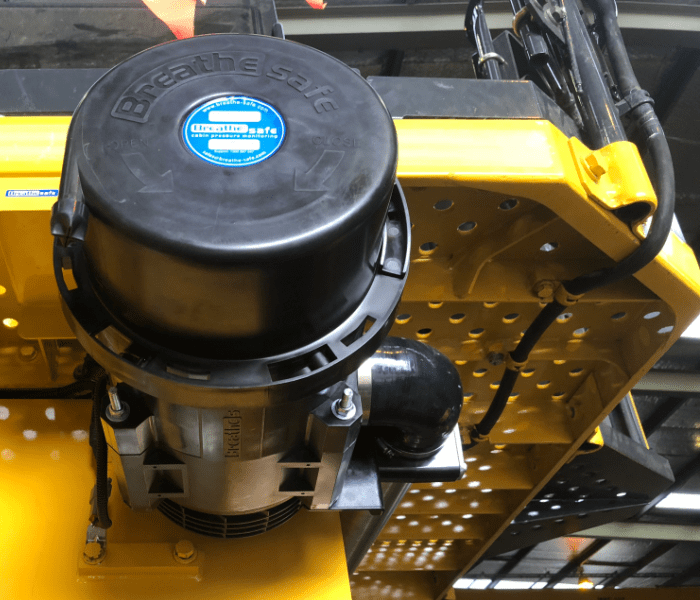
The goal for any solution is to provide a Zero Harm environment with the latest calls from health organisations which are that silica dust should be undetectable in the breathing zone of the operator. The same must apply for other airborne hazardous substances that may be present at mineral processing sites.
Essentially, a cabin by itself can no longer be assumed to resolve these problems and could be in some instances be more harmful to the operator.
Types of controls:
ISO 10263
Over time, the standard for machinery sold in Australia has been ISO 10263. This standard provides for 50 pascals of positive pressure when the cabin is new with a minimum of 25 CFM airflow intake into the cab and to achieve this design standard the cab is equipped with a filtered fresh air intake system and a filtered recirculating system and an air conditioner.
The cabin is sealed by rubber gaskets, tight latches and jambs which are placed on windows and doors. The average volume of a cab is approximately two to three cubic meters and utilizes pleated paper elements.
It must also be noted that OEM paper filters do not provide any protection for respirable dust essentially letting by PM10 unhindered.
This standard is fundamentally applicable to provide airflow to aid the air conditioning system. Other issues arise when the same fan powers both intake and recirculation airflow, changing a filter(s) media without correcting the resistance on the system will lead to cabin pressure loss.
Furthermore, this type of environmental cab deteriorates quickly due to fine dust. Thus, it will become ineffective requiring a retrofit for effective fine dust particle separation.
EN15695-3
This standard refers to the control of airborne hazardous substances for the protection of the operator in tractor sprayers (pesticides).
This standard defines an environmental cabin which must be tightly sealed and provide greater than 99% efficiency for the fresh air filter.
Basically, the minimum requirement of EN15695-3 is tested and certified filter media to EN1822 which guarantees a worst-case scenario for particle filtration down to 0.3 microns.
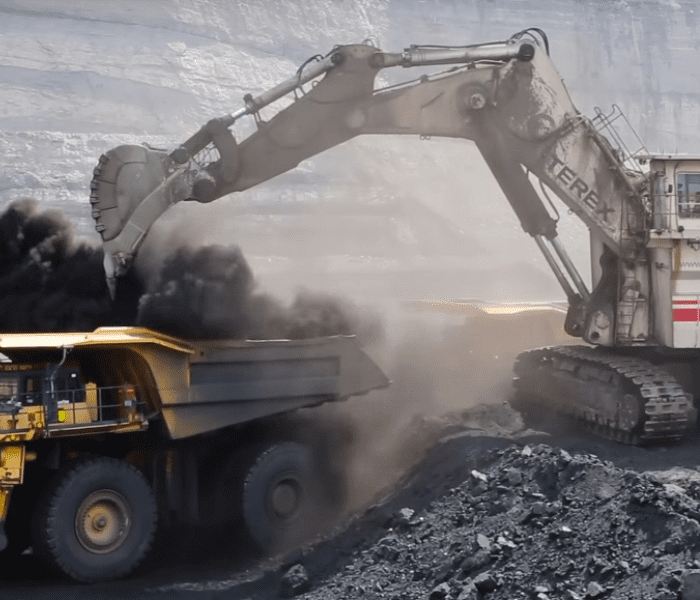
High-Efficiency Particulate Air (HEPA) filters are made from randomly arranged glass fibres thus airflow will be highly restrictive meaning that these cannot be efficiently utilised for replacing an OEM paper filter.
Breathe Safe INPRESS TL
The INPRESS TL system that has been developed and tested for mine sites to exceed EN15695-3 by utilising dual HEPA filters rated to 99.97% efficiency with Auto Cabin Pressure Control (ACPC).
This system also includes a digital display that will alert the operator when there is a low-pressure event. The next issue is cabin sealing to isolate the air conditioning system effectively and to isolate the operator.
This system has been designed for coal mines to provide a Safe Breathing Zone for the operator.
The cabin pressure setting can range from 20 to 100 pascals depending on the site requirements. Remote site audits and studies can be an option to calculate dust load for a specific machine with remote monitoring.
Guidance from Safe Work QLD (PN12377)
Worksafe Queensland has released the following excerpt for managing respirable dust hazards in coal-fired power stations in a Code of Practice in late 2018.
Isolation, segregation or enclosure of operations generating the dust
Isolation
Relevant isolation controls include:
- enclosed cabins with windows closed at all times
- fitting high-efficiency air filtering systems (e.g., HEPA filters) to the intake and cabin recirculation air intake of front-end loaders, excavators and other machinery
- keeping personnel vehicles dust sealed and pressurised.
We submit that a process of auditing the cabin must be included: testing cabin sealing with real-time dust monitoring.
Methods of Evaluation with Real-time dust monitors
The latest technical support by NIOSH is to audit a cabin and/or the operator with a real-time dust monitor and a portable camera. This method will indicate any brief events for likely high exposures that have occurred with the view to prevent future occurrences.
For more information contact us: 1300667597 or email: sales@breathe-safe.com
Read more Mining Safety News


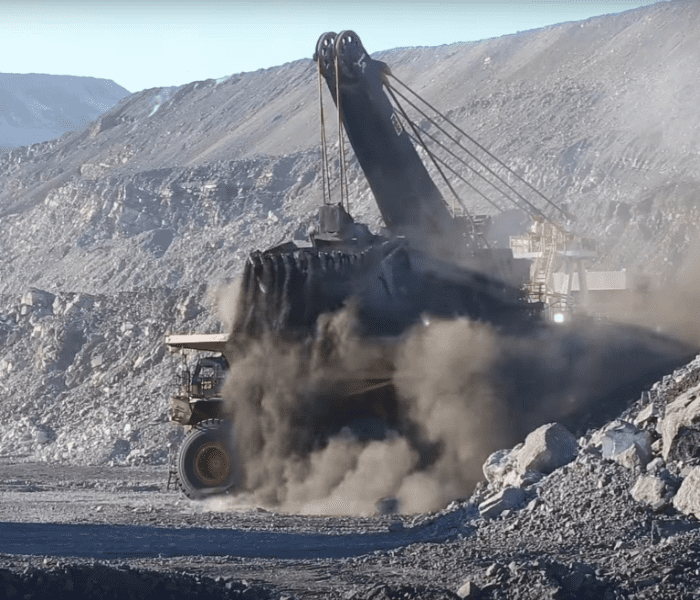

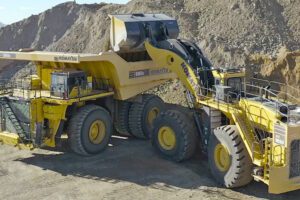
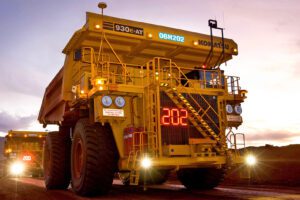









Add Comment